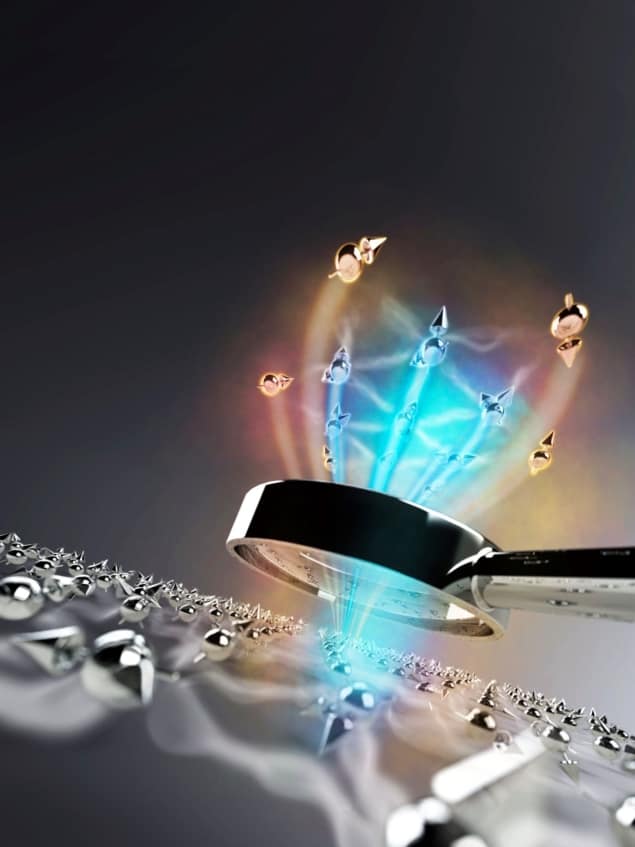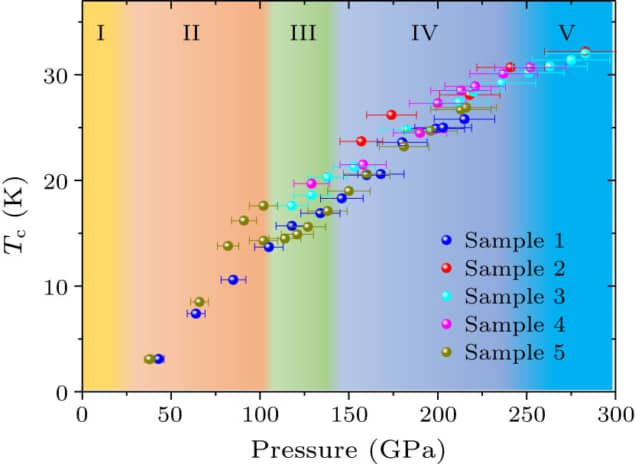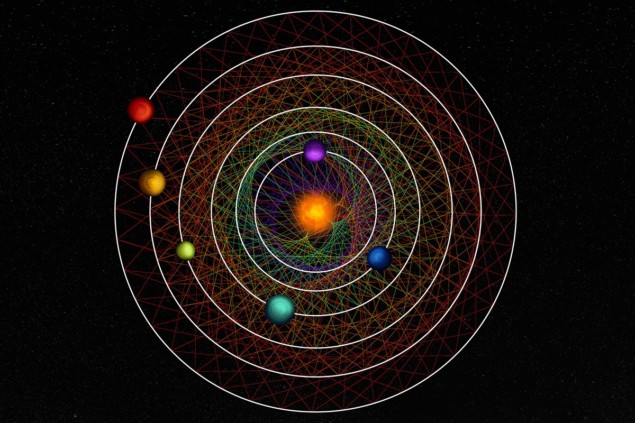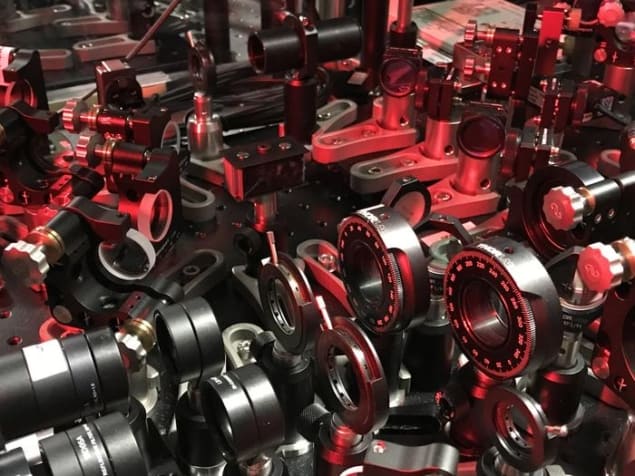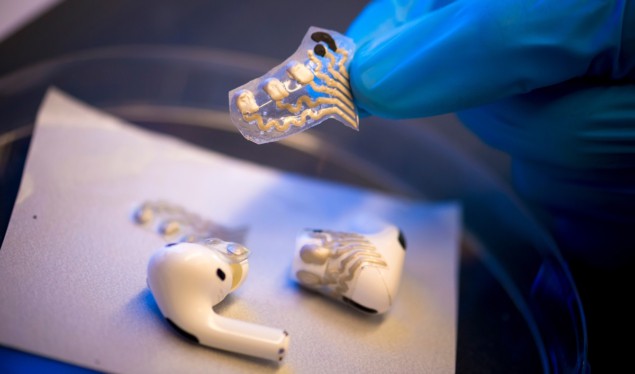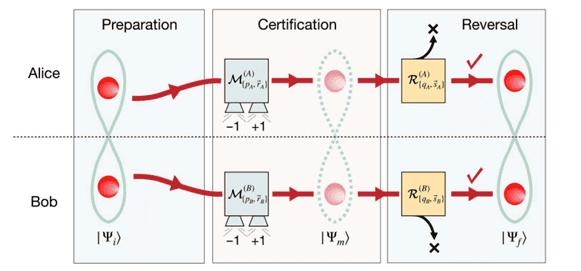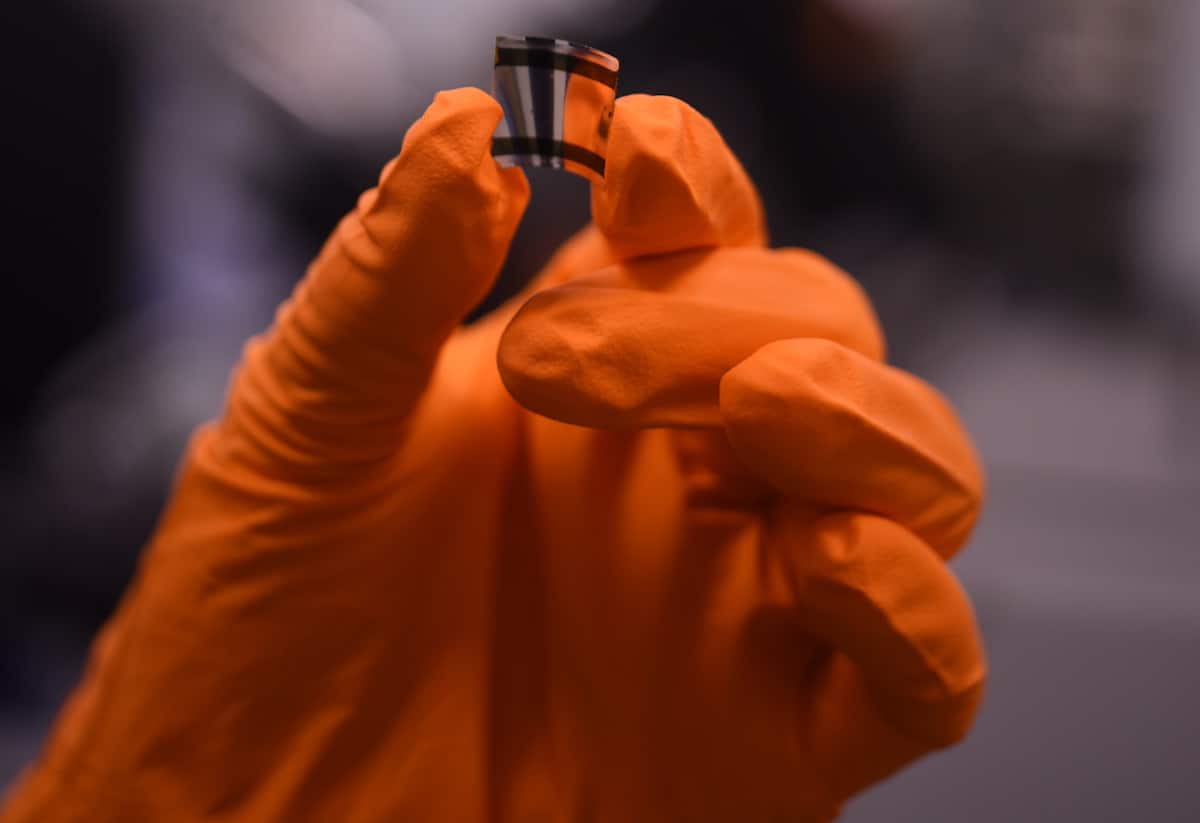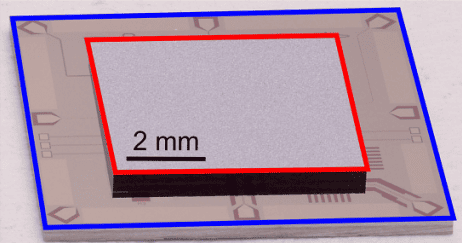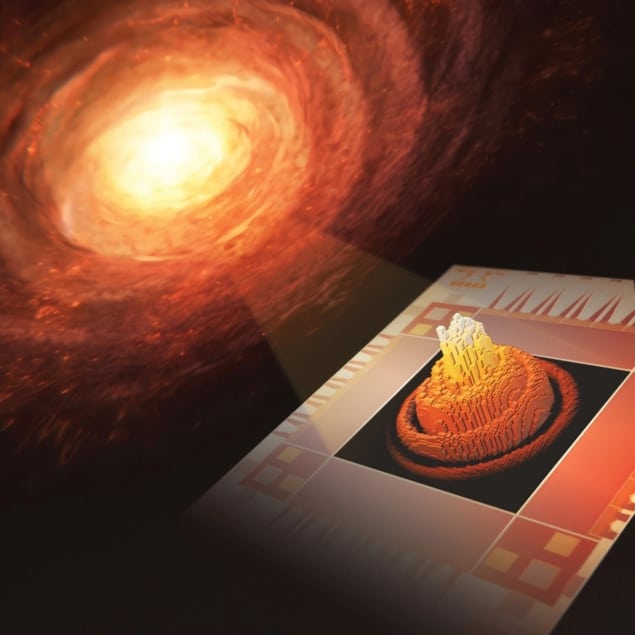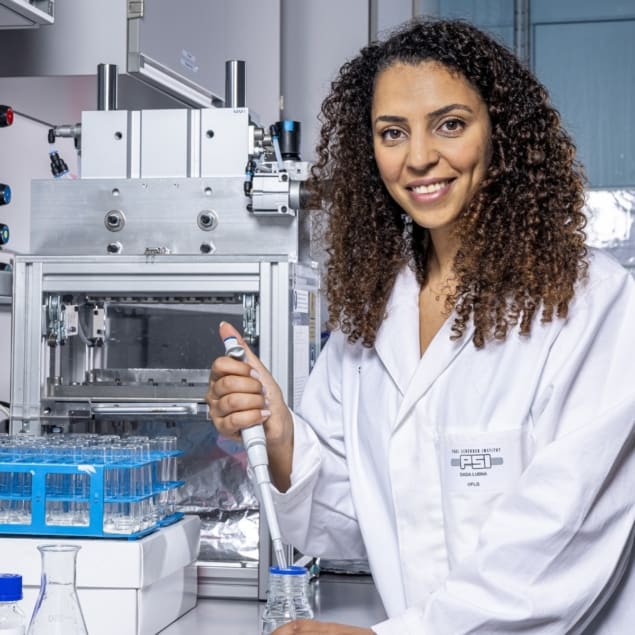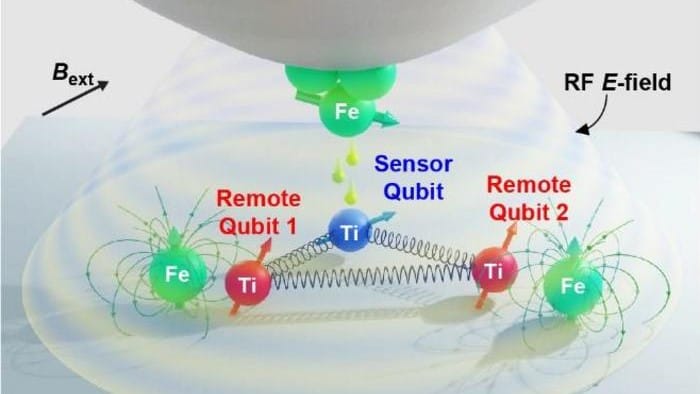Αναζήτηση αναρτήσεων
Τετάρτη 27 Δεκεμβρίου 2023
Portable optical atomic clock makes its commercial debut
Quantum simulator visualizes large-scale entanglement in materials
Quantum simulator visualizes large-scale entanglement in materials
Δευτέρα 11 Δεκεμβρίου 2023
Charge qubits get a thousand-fold boost
Charge qubits get a thousand-fold boost
Κυριακή 10 Δεκεμβρίου 2023
What volcanoes and coffeemaking have in common, the physics of playing the didjeridu
What volcanoes and coffeemaking have in common, the physics of playing the didjeridu
Πέμπτη 7 Δεκεμβρίου 2023
Resonant excitation of nuclear clock transition spotted at XFEL
Resonant excitation of nuclear clock transition spotted at XFEL
Scandium breaks temperature record for elemental superconductors
Scandium breaks temperature record for elemental superconductors
Simultaneous production of a top quark and a photon was observed for the first time
Simultaneous production of a top quark and a photon was observed for the first time
Bound antimatter ejects molecular ions from crystals
Bound antimatter ejects molecular ions from crystals
A surprising link discovered between fast radio bursts and earthquakes
A surprising link discovered between fast radio bursts and earthquakes
Mysterious ultrahigh-energy cosmic ray puzzles astronomers
Mysterious ultrahigh-energy cosmic ray puzzles astronomers
Lots of oxygen existed in the early universe, JWST reveals
Lots of oxygen existed in the early universe, JWST reveals
Ion-exchange bead writes underwater
Ion-exchange bead writes underwater
Τρίτη 5 Δεκεμβρίου 2023
The planet system is perfectly tuned
The planet system is perfectly tuned
Terahertz laser induces a room-temperature superconducting phase in a fullerene compound
Terahertz laser induces a room-temperature superconducting phase in a fullerene compound
Δευτέρα 4 Δεκεμβρίου 2023
Demon quasiparticle is detected 67 years after it was first proposed
Demon quasiparticle is detected 67 years after it was first proposed
Πέμπτη 23 Νοεμβρίου 2023
Earbud biosensors provide continuous monitoring of brain activity and lactate levels
Earbud biosensors provide continuous monitoring of brain activity and lactate levels
A nanoscale device produces a stream of chiral single photons
A nanoscale device produces a stream of chiral single photons
Single-molecule makes a sensitive pressure and force sensor
Single-molecule makes a sensitive pressure and force sensor
Neutral-atom quantum computers are having a moment
Neutral-atom quantum computers are having a moment
Weak measurement lets quantum physicists have their cake and eat it
Weak measurement lets quantum physicists have their cake and eat it
Shoot-through proton FLASH: a robust approach to brain tumour treatment
Shoot-through proton FLASH: a robust approach to brain tumour treatment
Flexible X-ray detectors line up for medical imaging and radiotherapy
Flexible X-ray detectors line up for medical imaging and radiotherapy
New chip architecture offers hope for scaling up superconducting qubit arrays
New chip architecture offers hope for scaling up superconducting qubit arrays
Biomedical ethicists call for rules governing human research in commercial spaceflight
Biomedical ethicists call for rules governing human research in commercial spaceflight
New telecoms satellites will degrade our view of the cosmos
New telecoms satellites will degrade our view of the cosmos
Top-cited work from North America recognized by IOP Publishing
Top-cited work from North America recognized by IOP Publishing
Δευτέρα 20 Νοεμβρίου 2023
WHEN CHITIN IS CANCEROUS TO HUMAN?
There is currently no evidence to suggest that chitin itself is carcinogenic to humans. Chitin is a naturally occurring polysaccharide found in the exoskeletons of insects and crustaceans, as well as in the cell walls of fungi. It is widely used in various industries, including food, pharmaceuticals, and cosmetics, without any known carcinogenic effects.
IS CHITIN IN THE FORM OF NANOPARTICLES CANCEROUS FOR HUMANS?
IS CHITIN IN THE FORM OF NANOPARTICLES CANCEROUS FOR HUMANS?
Chitin itself is not considered to be carcinogenic for humans. However, it is important to note that the toxicity of chitin nanoparticles can vary depending on their size, shape, and surface characteristics. Some studies have suggested that certain types of nanoparticles, including chitin nanoparticles, may have potential cytotoxic effects. However, more research is needed to fully understand the potential health risks associated with chitin nanoparticles. As with any potential exposure to nanoparticles, it is advisable to follow safety guidelines and take necessary precautions when handling or working with them.
There is currently no evidence to suggest that chitin in the form of nanoparticles is carcinogenic to humans. Chitin is a naturally occurring polysaccharide found in the exoskeletons of insects, crustaceans, and fungi. It is commonly used in various industries, including biomedical applications, due to its biocompatibility and biodegradability. However, like any other material, the safety of chitin nanoparticles will depend on factors such as size, shape, surface charge, and dosage. Further research and studies are always necessary to ensure the safety of any new material.
KONSTANTINOS P. TSIANTIS 20/11/2023
The new superconducting nanowire single-photon detector has 400,000 pixels
The new superconducting nanowire single-photon detector has 400,000 pixels
New telecoms satellites will degrade our view of the cosmos
New telecoms satellites will degrade our view of the cosmos
Evidence emerges for a carbon-rich ocean on Europa
Evidence emerges for a carbon-rich ocean on Europa
Physicists Discover a New State of Matter Hidden in The Quantum World
Physicists Discover a New State of Matter Hidden in The Quantum World
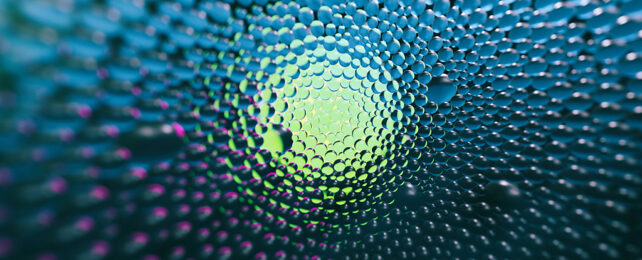 |
Τετάρτη 15 Νοεμβρίου 2023
Cool Copper Collider most environmentally friendly among Higgs factory designs finds study
Cool Copper Collider Most Environmentally Friendly among Higgs Factory Designs Finds study
Electrons accelerated by firing lasers into nanophotonic cavities
Electrons accelerated by firing lasers into nanophotonic cavities
Organic molecule from trees excels at seeding clouds, CERN study reveals
Organic molecule from trees excels at seeding clouds, CERN study reveals
The three-qubit computing platform is made from electron spins
The three-qubit computing platform is made from electron spins
NASA’s Mars Sample Return mission slammed by independent review panel
NASA’s Mars Sample Return mission slammed by independent review panel
Aerosol geoengineering will not stop the Antarctic ice sheet from melting, simulations suggest

